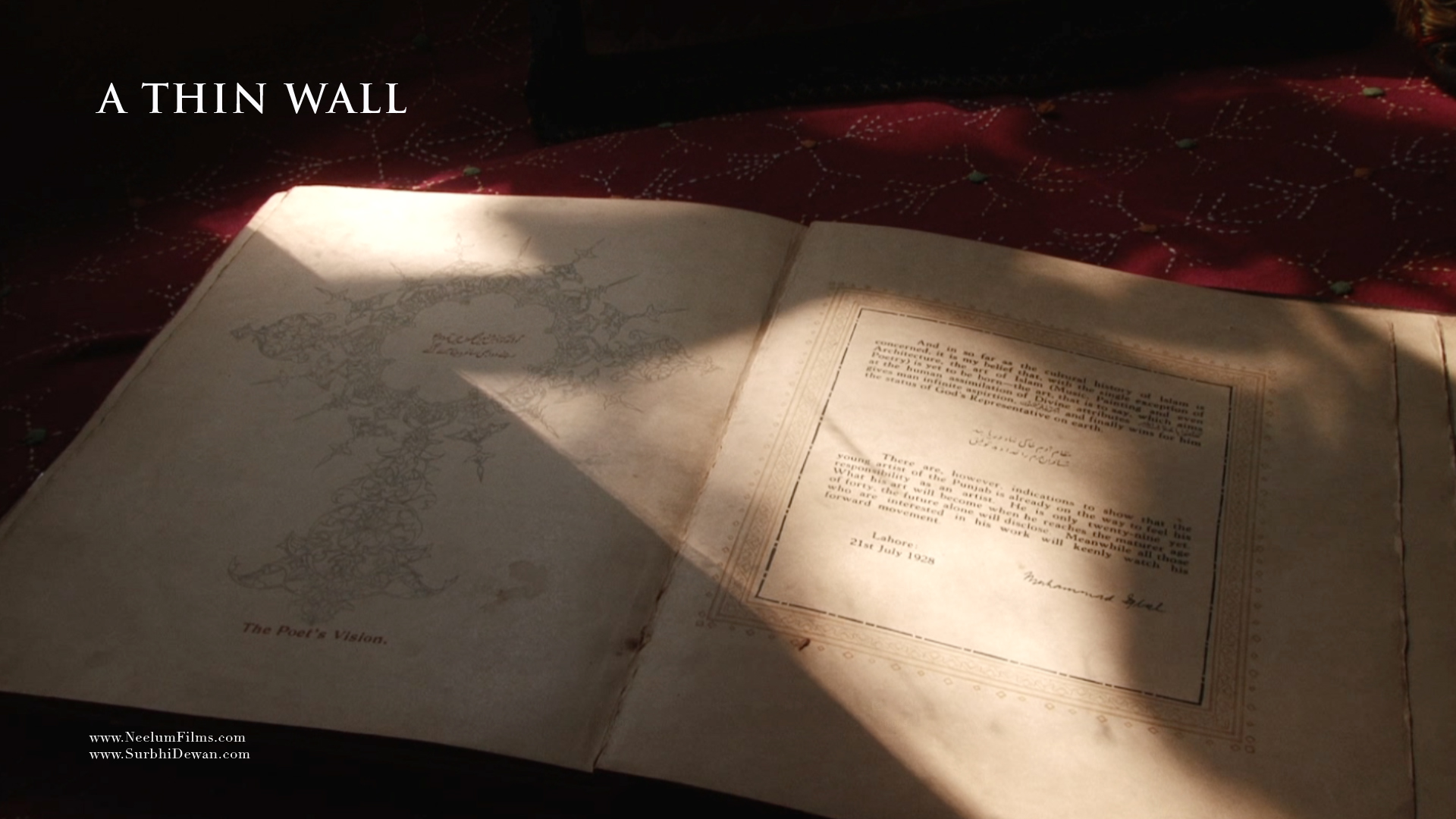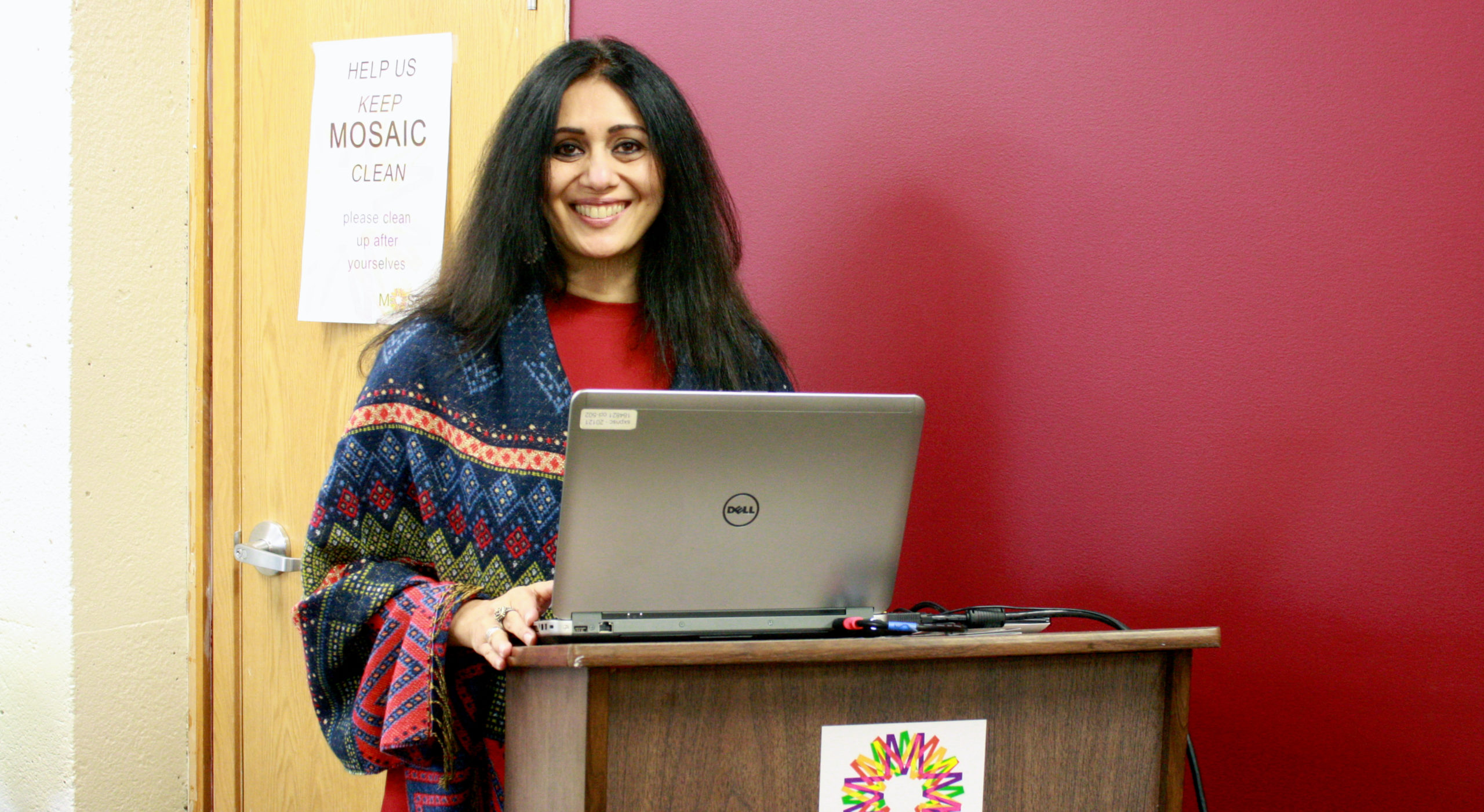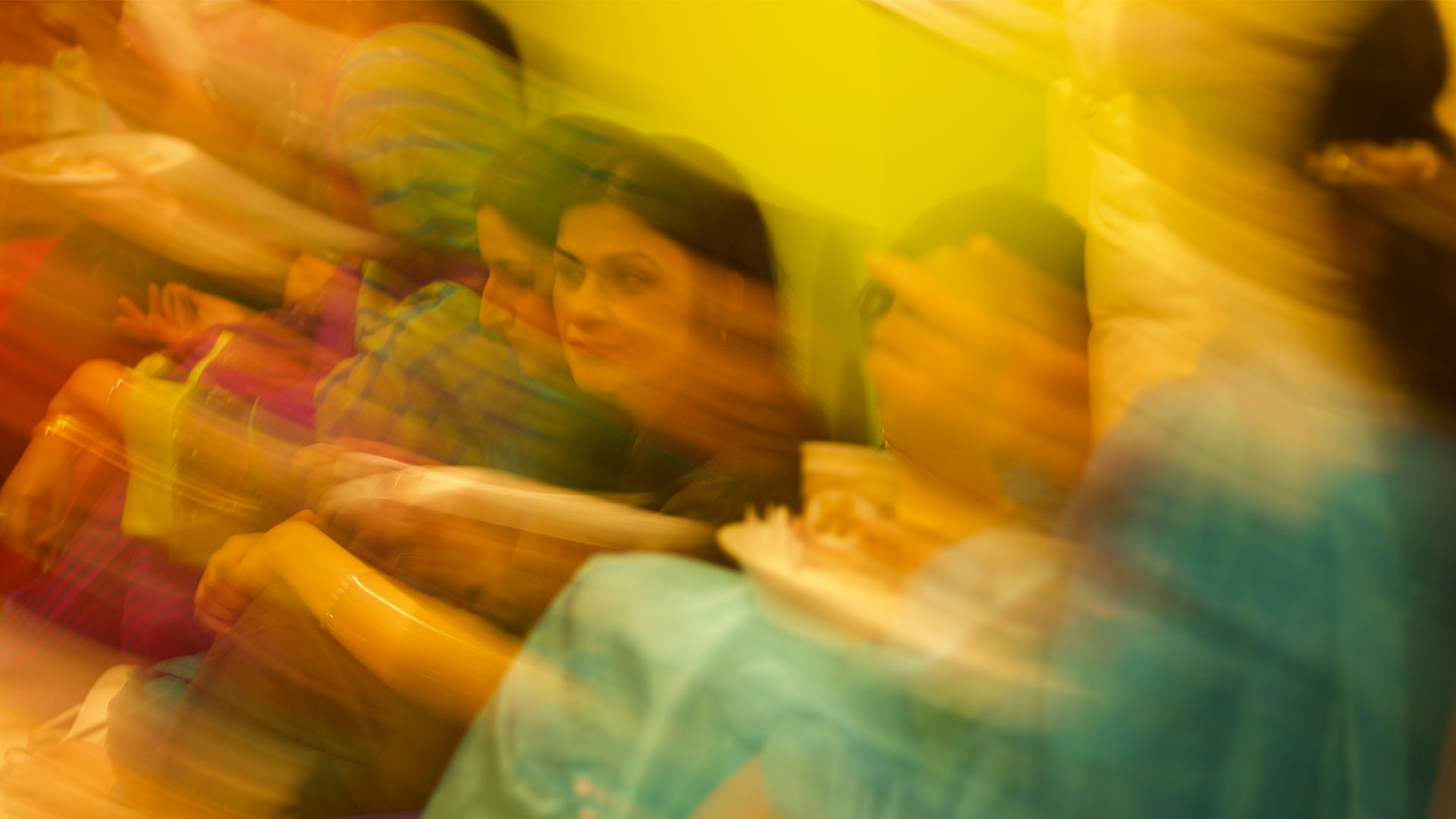Beautiful commentary and analysis by Rashna Batliwala Singh, Visiting Professor, Department of English, who saw A Thin Wall at Colorado College on Jan 30, 2018:
Most films about the partitioning of the Indian subcontinent are dramatic and inevitably show the horrific violence that ensued. In Deepa Mehta’s feature film, “Earth,” a little girl asks her mother “Can you break a country?” and demonstrates what that may look like by flinging down a china plate and breaking it into pieces. The answer to her question is yes, yes you can break a country if you are the colonial power. You can send an aristocrat with little knowledge and no experience of the subcontinent to do so, using but a map, census data, and the flow of a river.
Although the partitioning was conducted on the basis of religion, Cyril John Radcliffe, 1st Viscount Radcliffe GBE, PC, QC, FBA, was able to make arbitrary decisions and award a Muslim majority sector to India and a Hindu majority sector to Pakistan. His decision would be irrevocable and would decide the fate of millions: the one million who perished and the at least twenty million who were displaced in both Bengal and Punjab. This was the largest forced migration in human history. At the age of 48, Sir Cyril was sent to New Delhi in the monsoon season of 1947, barely 37 days before India would be partitioned into two independent nations. Apparently, he was soon struck by Delhi belly, which could hardly have facilitated judicious decisions. He was appointed Chairman of the Boundary Commission whose sole job was to submit a report that would contain “the partition map.” Now that’s imperial arrogance.
Pakistani American filmmaker Mara Ahmed’s documentary, “A Thin Wall,” produced in collaboration with an Indian filmmaker, Surbhi Dewan, was shot on both sides of Sir Cyril’s border line. What the imperial powers shattered, the film attempts to restore and recuperate through the power of personal memory. Clearly, the subcontinent can never be whole again and, in fact, seems to be fragmenting further and further. But in this film reconciliation becomes possible through the simple force of good faith. None of this is sentimental or simply nostalgic. There are so many stories about Pakistani taxi drivers refusing fares for Indians who return to visit their ancestral homes in Pakistan, and Pakistani children who come to India for medical treatment overwhelmed with cards and toys. The film is a poem to the power of people, not people as a mass, but person to person, in the creation of goodwill and resolution of conflict.
The stories that the people in the film tell are, intentionally, family stories, and family stories are what we grew up hearing. Urvashi Butalia’s ground breaking book “The Other Side of Silence: Voices from the Partition of India” uses testimonio, a powerful and potent mode for recording history. Ahmed’s film, which she screened on the Colorado College campus on Tuesday, January 30, 2018, uses the oral history rendered by family members. As someone who belongs to the first generation of Indians born after independence, Ahmed’s family members, and Dewan’s, sounded familiar to me. They could have been my relatives and family friends. My Aunty Sulochana came from a Tamil Brahmin family that was domiciled in Lahore, and all her stories were about the unrivalled culture of Lahore. Her cultural sensibility had much more to do with Lahore Muslim than Tamil Brahmin. Other “aunts” and “uncles” (in the subcontinent all your parents’ friends are aunts and uncles) told us stories of the homes they left behind in West Punjab and East Bengal.
As a Parsi family domiciled in Madras (now Chennai) at the time, Partition did not affect my parents directly. Parsis mostly stayed put and were not seen as oppositional or threatening to any group. But Partition touched my extended family. My father’s sister (now deceased) remained in Karachi, and I never once met her, although I knew my father’s other siblings, all seven of my paternal aunts and uncles, very well. My Karachi aunt’s son visited us once as a young man, but I have never seen her daughter, my other first cousin, Farida, who still resides in Karachi. I want to visit, but getting a visa for Pakistan for an Indian citizen will be a huge hassle. My mother was planning to visit my aunt in 1961, and consult a famous gynaecologist in Bombay on the way to Karachi about some symptoms she was experiencing. But the 1961 war between India and China broke out, and India and Pakistan closed their borders, forcing her to cancel her trip. My beloved mother died of ovarian cancer in 1963. At the time we were living near Calcutta, and it was never properly diagnosed by the gynaecologist she consulted there instead. What would have happened if she had consulted the famous gynaecologist in Bombay? War has a way of intervening in people’s lives.
I thought about all this while watching “A Thin Wall,” because by using poetry, narrative and artwork this lyrical film, by its very modality, demonstrates the power of non-violent means. So much animosity has arisen between these two nations that were once one, so much hostility, so many trolls on both sides conducting wars in cyberspace. These are mostly younger people. Ahmed’s film reminds us that the very generation that suffered the most because of Partition can yet talk about their pasts with love and longing.




